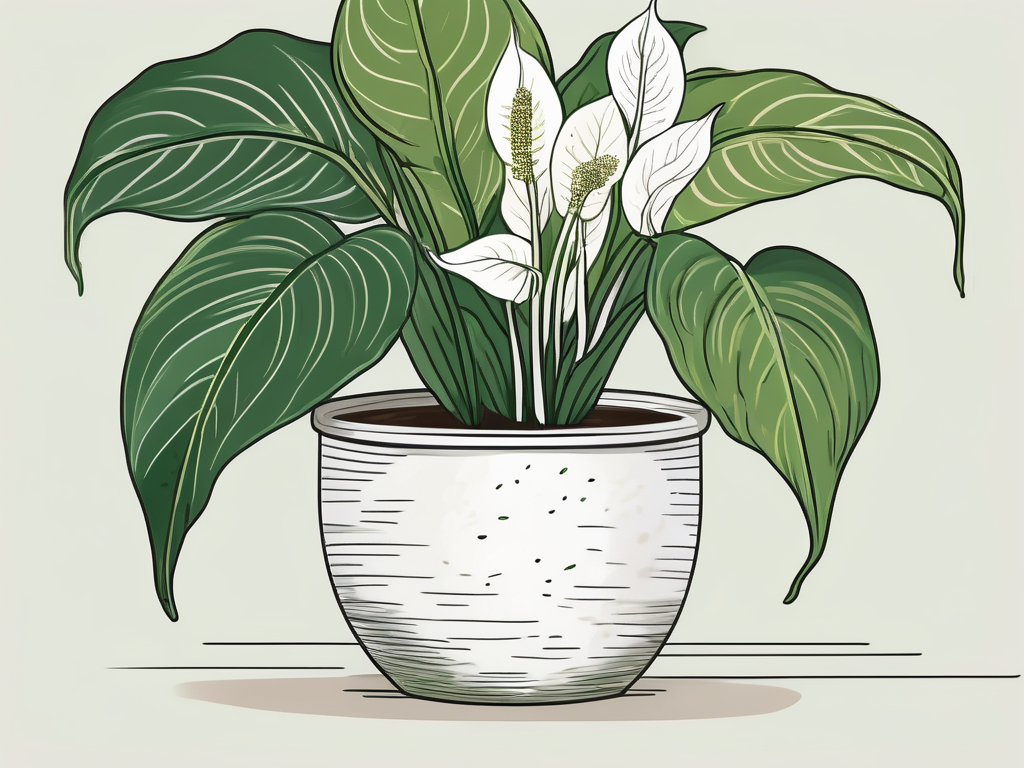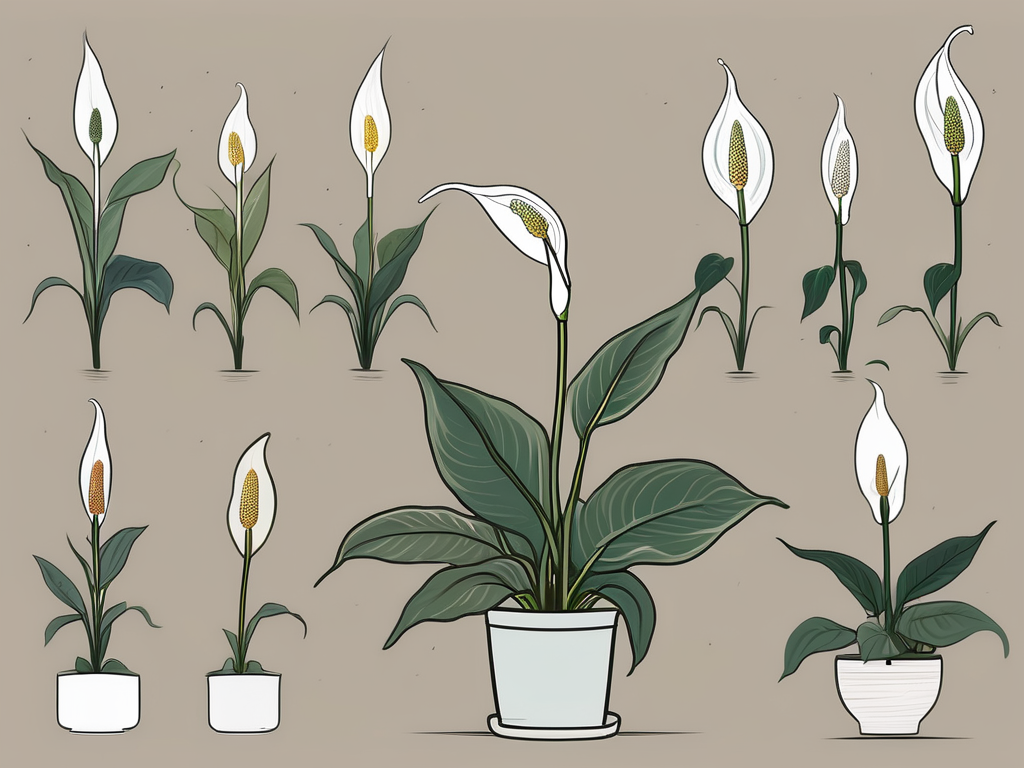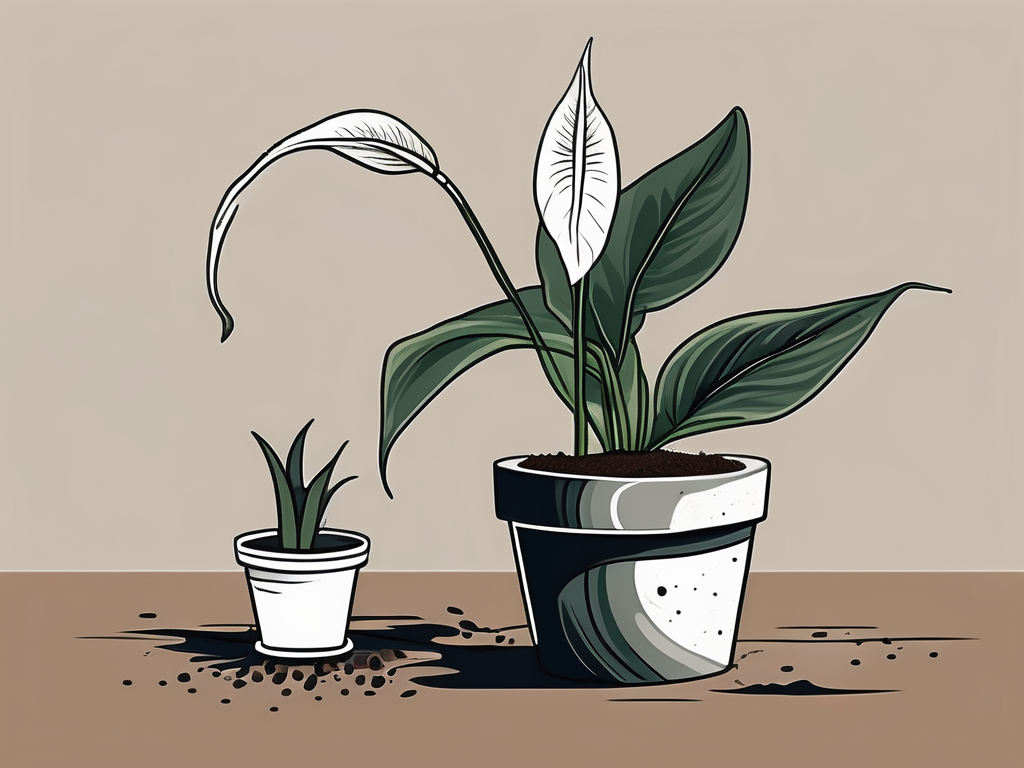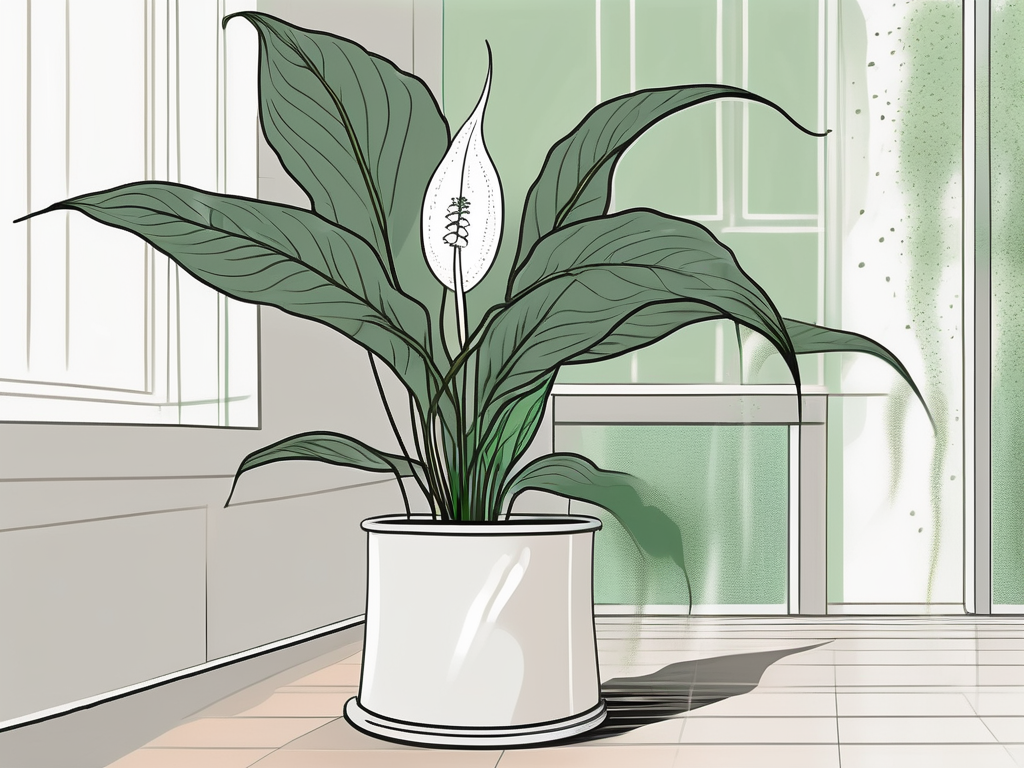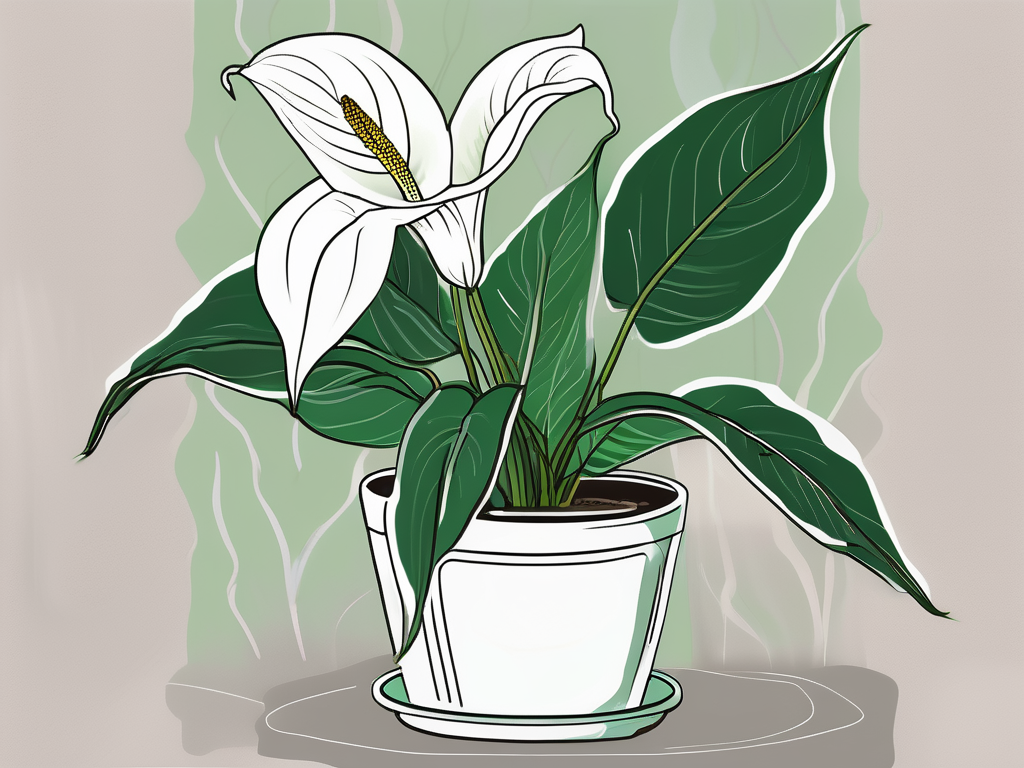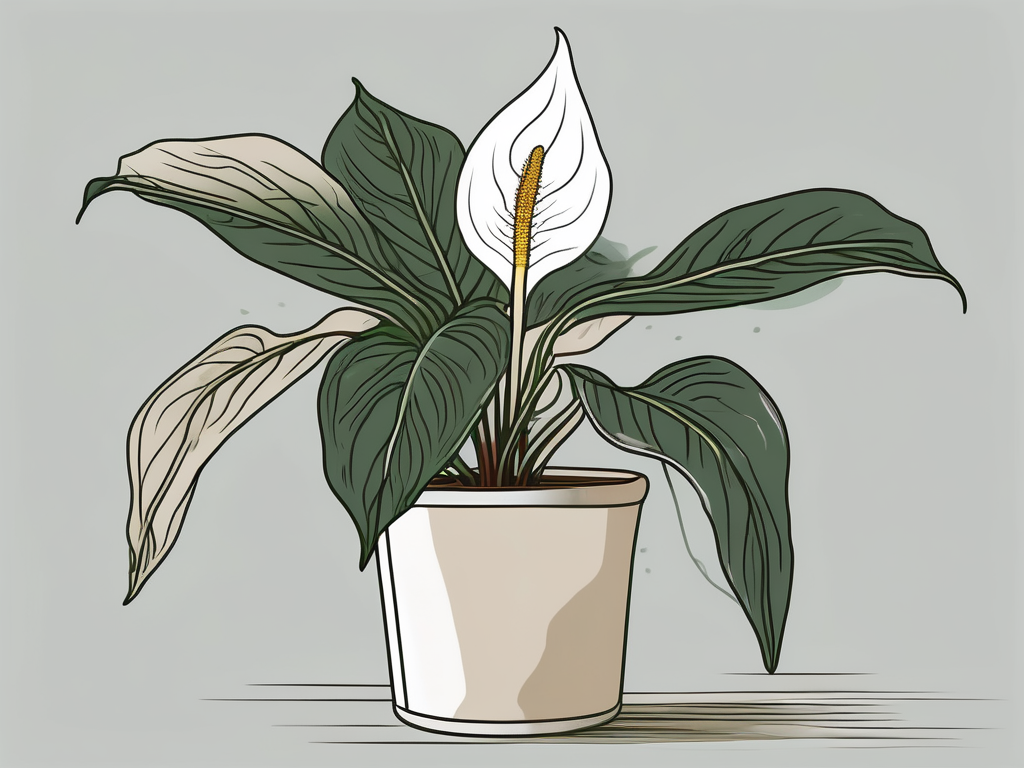
Peace lilies are a beloved choice for plant lovers, thanks to their striking green leaves and graceful white flowers. But, like any living thing, they need a bit of TLC to thrive, and that's where fertilizing comes in. Finding the right fertilizer can be the difference between a plant that's just surviving and one that's truly flourishing.
In this guide, we'll explore the best fertilizers for peace lilies, how to apply them, and tips for keeping your plant healthy and happy. Whether you're a seasoned plant parent or a beginner, this guide aims to provide you with practical, easy-to-follow advice to nourish your peace lily.
Understanding the Nutritional Needs of Peace Lilies
Before we jump into specific fertilizers, it’s important to understand what peace lilies actually need to grow their best. These plants aren't particularly high-maintenance, but they do have their preferences. Peace lilies thrive in moist, well-drained soil and prefer indirect sunlight. They’re also sensitive to both over-fertilization and under-fertilization, so striking the right balance is key.
Peace lilies benefit from a balanced fertilizer that provides a mix of nitrogen, phosphorus, and potassium (N-P-K). Nitrogen is crucial for leaf growth, phosphorus supports root and flower development, and potassium helps with overall plant health. A balanced fertilizer means that all these nutrients are present in roughly equal proportions, like a 10-10-10 or 20-20-20 formula.
Interestingly, peace lilies don't demand a constant supply of nutrients. During their active growing season, which is typically spring and summer, feeding them every 6-8 weeks is usually sufficient. In the fall and winter months, they enter a more dormant phase and won't need as much, if any, fertilizer.
Choosing the Right Fertilizer
When it comes to selecting a fertilizer for your peace lily, the options might seem overwhelming. But don't worry—I'll help narrow down your choices. There are two main types of fertilizers: liquid and granular. Each has its pros and cons, and what you choose depends largely on your personal preference and lifestyle.
Liquid Fertilizers
Liquid fertilizers are a popular choice for peace lilies because they deliver nutrients quickly and are easy to use. You simply mix them with water and apply directly to the soil. They’re especially useful if your plant needs a quick nutrient boost. However, because they’re fast-acting, you’ll need to apply them more frequently than granular fertilizers.
Liquid fertilizers are ideal for plant parents who water their plants regularly and can easily remember to add fertilizer to their watering routine. They’re also great if you have several plants and want a one-size-fits-all solution.
Granular Fertilizers
Granular fertilizers, on the other hand, are slow-release and need to be worked into the soil. They provide a steady supply of nutrients over time, which means less frequent applications. However, they can be a bit trickier to use correctly, as you need to ensure even distribution in the soil to avoid nutrient imbalances.
Granular fertilizers are perfect for those of us who might be a bit forgetful or prefer a low-maintenance approach. You can apply them every few months and then sit back and enjoy your peace lily without worrying about regular feedings.
Organic vs. Synthetic Fertilizers
Now that we’ve covered the basic types of fertilizers, let’s talk about the difference between organic and synthetic options. Both have their merits, and the choice really comes down to your personal values and the specific needs of your plant.
Organic Fertilizers
Organic fertilizers are derived from natural sources like compost, bone meal, or fish emulsion. They improve soil health over time and are considered more environmentally friendly. Organic fertilizers release nutrients slowly, which reduces the risk of over-fertilization, making them a safer choice for sensitive plants like peace lilies.
If you’re someone who values sustainability and wants to minimize chemical use in your home, organic fertilizers are the way to go. They’re also a good choice if you have pets or small children, as they tend to be less toxic than synthetic options.
Synthetic Fertilizers
Synthetic fertilizers are chemically manufactured and often provide a more precise nutrient balance. They tend to be faster-acting than organic fertilizers, delivering an immediate boost to your plant’s growth. However, they can also lead to nutrient burn if not applied correctly, so it's important to follow instructions closely.
Choose synthetic fertilizers if you’re looking for a quick fix or if your peace lily is showing signs of nutrient deficiency. Just be cautious with the dosage and frequency to avoid any potential harm to your plant.
Signs Your Peace Lily Needs Fertilizing
Even with the best intentions, it can be tricky to know exactly when your peace lily needs a nutrient boost. Luckily, your plant will often give you a few hints when it’s time for a feed.
Here are some common signs that your peace lily might be due for fertilizing:
- Yellowing Leaves: If the leaves are turning yellow, particularly the older leaves, it may indicate a nitrogen deficiency.
- Stunted Growth: If your peace lily isn’t growing as vigorously as it once did, it could be lacking essential nutrients.
- Lack of Blooms: Peace lilies are known for their beautiful white flowers. If your plant isn’t producing blooms, it might need a phosphorus boost.
- Pale New Leaves: New leaves that are lighter in color than usual can be a sign that your plant needs more nutrients.
On the other hand, if your peace lily looks healthy and is growing well, there’s no need to fertilize it more frequently. Over-fertilizing can be just as harmful as under-fertilizing, causing root burn and other issues.
How to Apply Fertilizer to Peace Lilies
Applying fertilizer to your peace lily is a straightforward process, but it's important to do it correctly to avoid damaging your plant. Here’s a step-by-step guide to help you out:
- Read the Instructions: Whether you're using liquid or granular fertilizer, start by reading the instructions on the packaging. This will give you the recommended dosage and frequency.
- Water Your Plant: Before applying fertilizer, make sure your peace lily’s soil is moist. This helps prevent root burn and ensures that the nutrients are evenly absorbed.
- Mix the Fertilizer: If you’re using a liquid fertilizer, mix it with water according to the instructions. For granular fertilizers, measure out the recommended amount.
- Apply Evenly: Pour the liquid fertilizer into the soil, making sure to cover the entire root area. For granular fertilizers, scatter them evenly across the soil surface and gently work them in with your fingers.
- Rinse the Leaves: If any fertilizer splashes onto the leaves, rinse them with clean water to prevent leaf burn.
- Monitor Your Plant: After fertilizing, keep an eye on your peace lily for any changes. If you notice any negative reactions, such as yellowing leaves or wilting, you may need to adjust the dosage or switch to a different type of fertilizer.
With these steps, you’ll be well on your way to maintaining a healthy and happy peace lily.
Common Fertilizing Mistakes to Avoid
Fertilizing is an essential part of plant care, but it’s easy to make mistakes that can harm your peace lily. Here are some common pitfalls to steer clear of:
- Over-Fertilizing: More isn’t always better. Too much fertilizer can lead to nutrient burn, which damages the roots and can harm your plant. Stick to the recommended dosage and frequency.
- Fertilizing Dormant Plants: During the fall and winter, peace lilies enter a dormant phase and don’t need as much, if any, fertilizer. Feeding them during this time can disrupt their natural cycle.
- Using the Wrong Fertilizer: Not all fertilizers are created equal. Make sure you’re using a balanced formula that meets the specific needs of peace lilies.
- Ignoring the Soil: Fertilizer is important, but so is the quality of the soil. Make sure your peace lily is planted in nutrient-rich, well-drained soil to support healthy growth.
Avoiding these mistakes will help you provide the best care for your peace lily and keep it thriving year-round.
Creating a Fertilizing Schedule
Consistency is key when it comes to fertilizing your peace lily. Creating a fertilizing schedule can help you keep track of when it’s time to feed your plant and ensure it gets the nutrients it needs.
Here’s a simple schedule to follow:
- Spring and Summer: Fertilize every 6-8 weeks during the growing season. This is when your peace lily is most active and needs the extra nutrients to support its growth.
- Fall and Winter: Reduce fertilizing to once every 10-12 weeks, or stop altogether if your plant is dormant. Monitor your peace lily’s health and adjust as needed.
Keep in mind that this schedule is a guideline and can be adjusted based on your plant’s specific needs and growing conditions.
DIY Fertilizer Options
If you’re a fan of homemade solutions, you’ll be happy to know that there are several DIY fertilizers you can make at home. These can be a cost-effective and environmentally friendly alternative to store-bought options.
Here are a few easy DIY fertilizer recipes:
Banana Peel Fertilizer
Banana peels are rich in potassium, which is great for plant health. Simply chop up a banana peel and bury it in the soil around your peace lily. As it decomposes, it will release nutrients into the soil.
Coffee Grounds
Coffee grounds are a good source of nitrogen. Sprinkle used coffee grounds onto the soil and gently mix them in. Be careful not to overdo it, as too much can alter the soil’s pH balance.
Epsom Salt Solution
Epsom salt provides magnesium, an essential nutrient for plants. Dissolve a tablespoon of Epsom salt in a gallon of water and use it to water your peace lily once a month.
These DIY options are a great way to supplement your regular fertilizing routine and provide your peace lily with extra nutrients.
Monitoring Your Peace Lily’s Health
Once you’ve established a fertilizing routine, it’s important to keep an eye on your peace lily’s health. Regular monitoring will help you catch any potential issues early and make adjustments as needed.
Here’s what to look for:
- Leaf Color: Healthy peace lily leaves should be a vibrant green. Yellowing or browning leaves can indicate nutrient deficiencies or over-fertilization.
- Growth Rate: Your peace lily should show steady growth during its active season. If growth seems slow or stagnant, it may need more nutrients.
- Flower Production: Peace lilies typically produce blooms in the spring and summer. If your plant isn’t flowering, it might need more phosphorus.
- Root Health: Gently remove your peace lily from its pot occasionally to check the roots. Healthy roots should be white and firm, not brown or mushy.
By keeping a close eye on these factors, you can ensure your peace lily stays happy and healthy all year round.
Final Thoughts
Nourishing your peace lily with the right fertilizer can make a world of difference in its health and appearance. By understanding its nutritional needs and choosing the right products, you can keep your plant thriving and beautiful.
At Cafe Planta, we love helping plant lovers care for their green friends. Whether you're looking for a new addition to your collection or need advice, we're here to help. Feel free to reach out via email or follow us on Instagram for more tips and inspiration. We're excited to share our love of plants with you!














